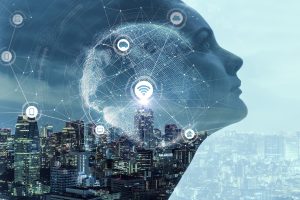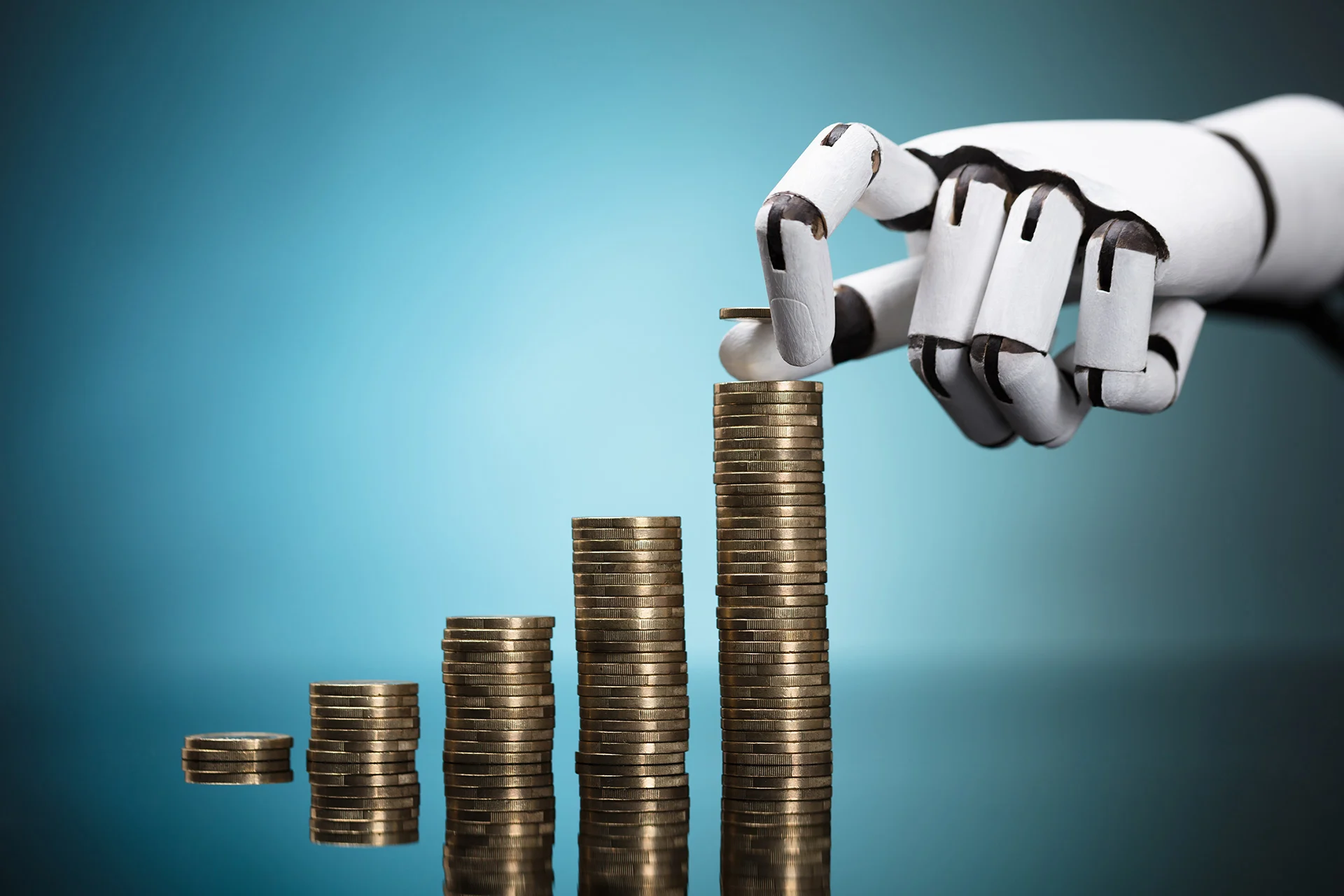Introduction
General-Purpose Technologies (GPTs) have historically played a crucial role in driving sustained economic growth. Innovations like the steam engine, electricity, computers, and the internet have fundamentally transformed industries and improved living standards. In the contemporary landscape, Artificial Intelligence (AI) emerges as the latest GPT, poised to revolutionize how businesses operate and innovate. This article explores the economic impact of AI technologies, their market value, benefits, and the implications for investors and policymakers.
Understanding General-Purpose Technologies (GPTs)
Bresnahan and Trajtenberg (1995) coined the term General-Purpose Technologies to describe innovations that significantly influence the economy across various sectors. GPTs are characterized by:
- Widespread Usage: GPTs are adopted by multiple industries, enhancing productivity and efficiency.
- Ongoing Technical Improvements: They undergo continuous refinement, leading to new applications and improvements.
- Enabling Innovation in Application Sectors: GPTs facilitate further innovations, driving progress in specific fields.
Historically, each GPT has demonstrated its capacity to create knowledge spillovers—where innovations in one sector influence developments in others—leading to economic expansion and increased productivity.
The Rise of Artificial Intelligence (AI)

The Emergence of AI as a GPT
AI technologies encompass a range of innovations, from machine learning algorithms to natural language processing tools. As organizations increasingly invest in AI, the technology has begun to exhibit the hallmarks of a GPT:
- Widespread Application: AI is being integrated across diverse sectors, including healthcare, finance, retail, transportation, and manufacturing.
- Continuous Development: The rapid advancements in AI capabilities are driving ongoing improvements and new applications.
- Facilitating Further Innovations: AI enables organizations to automate processes, enhance decision-making, and optimize operations, fostering innovation in application-specific technologies.
Economic Benefits of AI Technologies
The potential economic benefits of AI technologies are vast, reflecting their ability to transform how businesses operate. Key benefits include:
- Increased Productivity: AI-driven automation allows companies to streamline operations, reduce costs, and increase output. For instance, manufacturing firms that implement AI-powered robotics can improve production efficiency and accuracy, significantly reducing labor costs.
- Enhanced Decision-Making: AI systems can analyze vast amounts of data quickly and accurately, providing actionable insights that enable businesses to make better-informed decisions. For example, financial institutions utilize AI algorithms to assess risk and identify investment opportunities, leading to more strategic and profitable decisions.
- Improved Customer Experiences: AI technologies, such as chatbots and recommendation engines, enhance customer interactions by providing personalized experiences. E-commerce platforms like Amazon use AI to analyze customer behavior and preferences, offering tailored product recommendations that drive sales.
- Innovation in Products and Services: AI fosters the development of new products and services. For instance, the rise of AI-driven healthcare technologies, such as diagnostic tools and predictive analytics, improves patient outcomes and enables more efficient healthcare delivery.
Examples of AI Innovations
Several notable examples illustrate how AI is transforming various industries:
- Healthcare: AI technologies are being used to analyze medical images, identify diseases, and predict patient outcomes. For example, Google’s DeepMind developed an AI system that can detect eye diseases as accurately as human specialists, streamlining diagnosis and treatment processes.
- Finance: AI algorithms help financial institutions detect fraudulent activities and assess credit risks. Companies like PayPal utilize AI to analyze transaction patterns in real-time, flagging suspicious activities and protecting users from fraud.
- Transportation: The development of autonomous vehicles is another significant application of AI. Companies like Tesla and Waymo are leveraging AI to create self-driving cars, which have the potential to reduce accidents and transform urban mobility.
The Market Value of AI Innovations

Assessing the Value of AI Patents
The valuation of AI innovations can be observed through the lens of patenting activity. Research indicates that AI patents are increasingly recognized as valuable assets for firms, often commanding higher market values compared to non-AI patents. For instance, a study by Giczy et al. (2022) found that AI patents are approximately 9% more valuable than their non-AI counterparts, highlighting the economic significance of AI innovations.
Knowledge Spillovers and Commercialization Opportunities
The knowledge spillovers associated with AI technologies are particularly noteworthy. As organizations invest in AI, the benefits extend beyond individual firms, facilitating broader economic growth. For example, the application of AI in one industry can lead to innovations in related sectors, enhancing overall productivity.
The commercialization opportunities presented by AI are vast. Companies that successfully develop AI technologies can capitalize on their innovations by licensing their patents or creating AI-driven products and services. This creates an ecosystem of collaboration and competition that drives further advancements in AI.
The Role of Policies in Facilitating AI Innovations
Innovation Policies and Knowledge Spillovers
Effective innovation policies are crucial for maximizing the economic impact of AI. Policymakers should focus on creating an environment that fosters knowledge spillovers between sectors and encourages collaboration between firms. Key policy considerations include:
- Enhancing Patent Protection: Strong patent systems incentivize innovation by ensuring that firms can protect their intellectual property. This encourages investment in research and development, leading to the creation of valuable AI technologies.
- Promoting Open-Source Initiatives: Open-sourcing key AI frameworks, such as Google’s TensorFlow, can accelerate innovation by allowing developers and researchers to collaborate and build upon existing technologies. This approach fosters a culture of sharing knowledge and resources, ultimately benefiting the entire AI ecosystem.
- Investing in Education and Training: As AI technologies evolve, there is a growing need for skilled workers who can develop and implement AI solutions. Policymakers should invest in education and training programs to equip the workforce with the necessary skills to thrive in an AI-driven economy.
Case Studies of Successful Policies
Several countries have implemented successful policies to foster AI innovation and economic growth. For example:
- China: The Chinese government has prioritized AI development, investing heavily in research and establishing national AI strategies. This has led to significant advancements in AI technologies, positioning China as a global leader in AI innovation.
- United States: The U.S. has a robust ecosystem for AI development, driven by a combination of private-sector investment, strong universities, and government support. Policies that promote R&D tax incentives and support for AI research initiatives have contributed to the growth of AI technologies in the country.
Challenges and Considerations
While the economic potential of AI is substantial, challenges remain. Concerns about job displacement, ethical implications, and data privacy must be addressed to ensure the responsible and equitable development of AI technologies.
Addressing Job Displacement
The rise of AI-driven automation may lead to job displacement in certain sectors. Policymakers must proactively address this issue by investing in retraining programs that help workers transition to new roles in an AI-enhanced workforce.
Ethical Considerations
As AI technologies become more integrated into society, ethical considerations surrounding bias, accountability, and transparency must be prioritized. Organizations should implement ethical guidelines to ensure that AI systems are developed and used responsibly.
Data Privacy
The increasing reliance on data for AI algorithms raises concerns about data privacy and security. Policymakers must establish robust regulations to protect individuals’ personal information while enabling the responsible use of data for AI innovation.
Conclusion
Artificial Intelligence represents a transformative General-Purpose Technology that holds the potential to reshape economies and industries. The economic impact of AI innovations is significant, characterized by increased productivity, enhanced decision-making, improved customer experiences, and the development of new products and services. As firms invest in AI, the value of AI patents and knowledge spillovers contribute to broader economic growth.
To maximize the benefits of AI, effective policies that promote innovation, protect intellectual property, and foster collaboration are essential. While challenges exist, addressing job displacement, ethical considerations, and data privacy will be crucial in ensuring the responsible and equitable development of AI technologies.
As we continue to explore the economic impact of AI as a GPT, the collaboration between investors, businesses, and policymakers will play a vital role in unlocking the full potential of this transformative technology. By leveraging the benefits of AI, society can drive sustained economic growth and improve the quality of life for individuals around the globe.




